The 2018 Historical Photographer of The Year is a competition that is judged according to originality, composition and technical learning, as well as the story motivating the submission and its historical meaning. Sputnik's photo gallery gives you a glimpse into some of the most interesting places of historical significance.
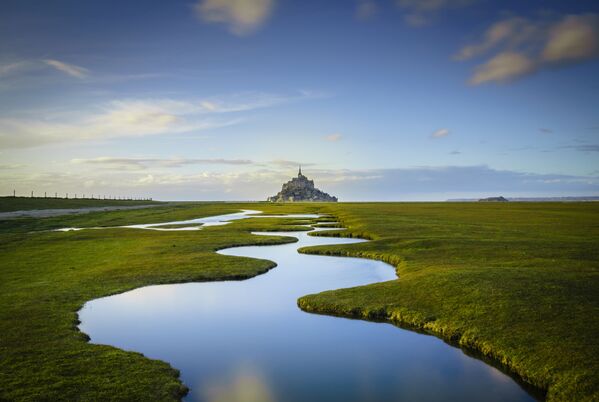
The medieval island commune of Le Mont-Saint-Michel sits off the north-western coast near the border between Brittany and Normandy in France. It is one of the most recognisable and visited historical landmarks in the region. The surrounding bay provides more peace, however. This photograph, taken during the spring tide in early March 2018, shows the curious land formations known locally as ‘Les Méandres’. The channels fill up in late afternoon, reflecting the setting sun to create a mirror pool effect.

The Red Sands Sea Forts are part of the WW2 fortifications of Great Britain. The forts were built to support the protection of London from aerial attacks in WW2.
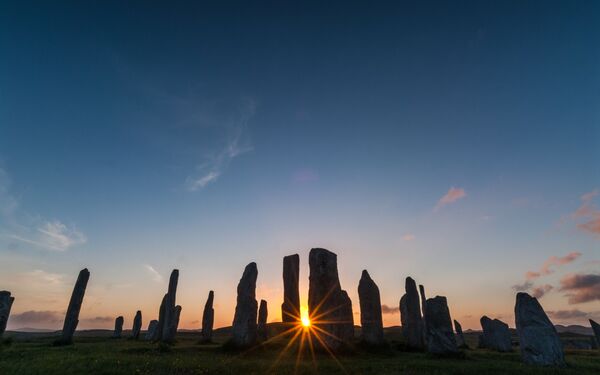
The stone circle at Callanish.
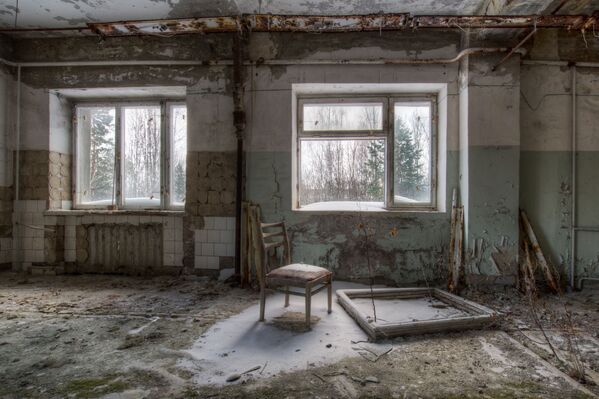
30 years after the Chernobyl nuclear disaster, this photo was taken in the ghost town of Pripyat, formerly home to almost 50,000 Chernobyl nuclear power plant workers and their families.
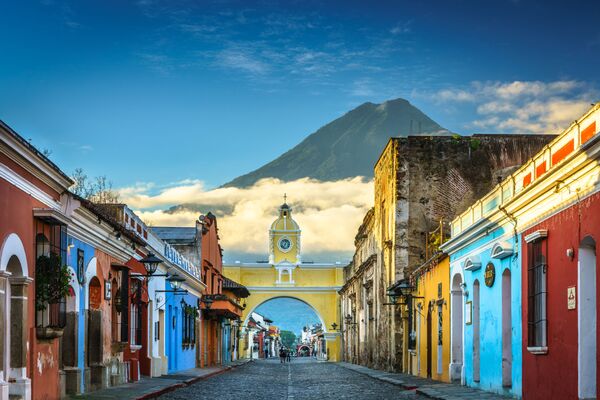
The Santa Catalina Arch in the Guatemalan city of Antigua is an icon of a lost colonial masterpiece. The city was founded by conquistadors in 1543 and later become one of the most celebrated in the Spanish Indies. It lies in the shadow of Volcan de Agua, but a series of violent earthquakes decimated the settlement, leading to its abandonment in 1773. Antigua Guatemala was in ruins until it was declared a national monument in 1944. It is now the darling of the tourist trail, and the arch is its centrepiece.

The temple of Bel in Palmyra, Syria before its destruction in the civil war.
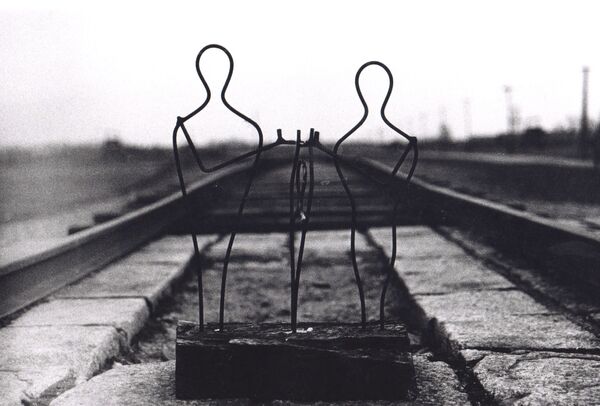
Part of a series of photographs from Auschwitz and Auschwitz-Birkenau; this photo was taken at the end of the railway line.
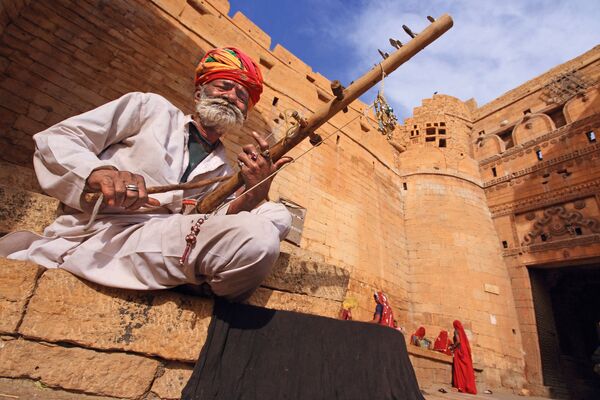
The Jaisalmer Fort is situated in the city of Jaisalmer in Rajasthan, India. It is believed to be one of the very few ‘living forts’ in the world, as nearly 1/4 of the old city's population still resides within the fort. Jaisalmer Fort is the second oldest fort in Rajasthan, built in 1156 AD by the Rajput ruler Jaisal.

The first sight of Enisala could make any passer-by wonder about its history. With a flourishing city that was part of the Northern Loop of the Silk Road, Enisala was a vibrant place on a commercial route, with a strategic fortress to closely guard it. Today you can still hear the tales of the merchants in the whispers of the wind and the famous Silk Road is now visited by thousands of birds after a long migration, eager to have a rest and a well-deserved break in one of the most beautiful surroundings in the region of Dobrogea in Romania.

Chained books at the Old Library, Jesus College, Cambridge.
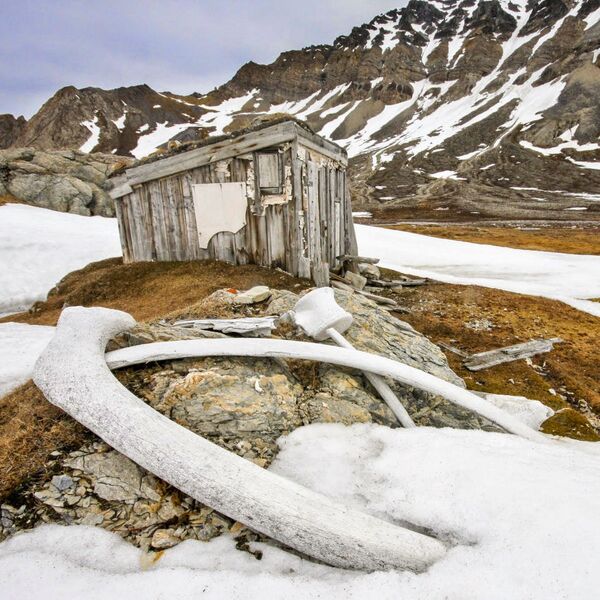
Whaling for blubber and oil was widespread in Svalbard from the 17th century, mainly by the British and Dutch. Due to the low temperatures, some of the original huts from the period have survived entirely intact and are now protected monuments. The sites are extremely fragile and must not be too closely approached.

Hadrian's Wall near Steel Rig.

Great Zimbabwe was the centre of an important African civilisation and was inhabited from the 12th to the 16th centuries.

This iconic pier sombrely tells of past glories, but remains the main focal point of Brighton Beach.

Remains of the SS Nornen, a Norwegian barque that was shipwrecked 3rd March, 1897 (Berrow).
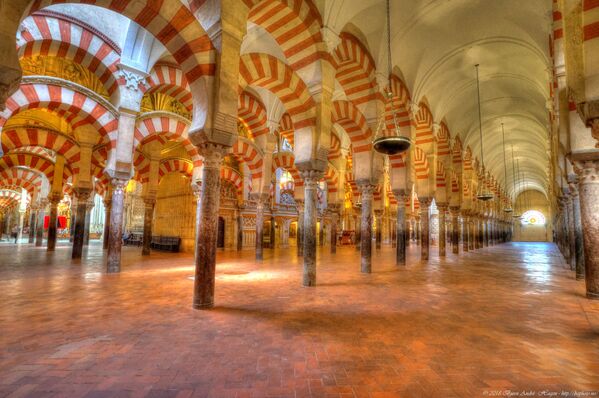
The amazing Mosque–Cathedral of Córdoba in Spain.
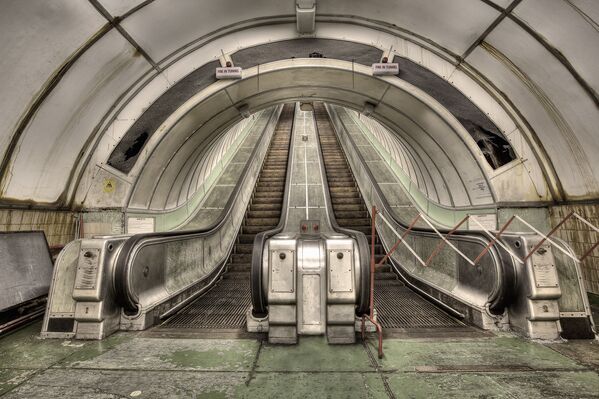
The Tyne Pedestrian and Cyclist Tunnel in Newcastle (currently closed for renovation). This shows a wooden escalator, which is reputably the longest wooden escalator in the world.

Taken from Embleton Bay beach, Dunstanburgh Castle makes for a fantastic backdrop in this sunrise shot.
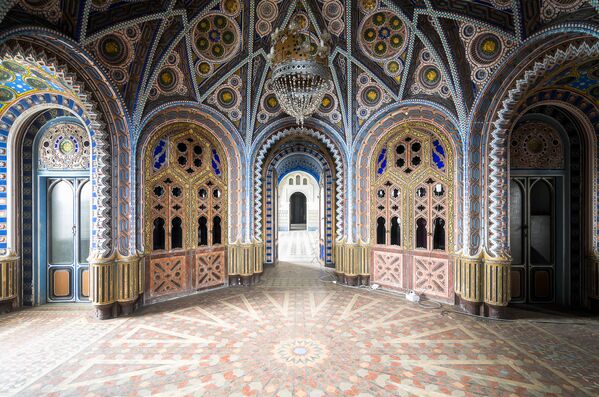
The Castle of Sammezzano is a rare example of eclectic and Moorish architecture in Europe.
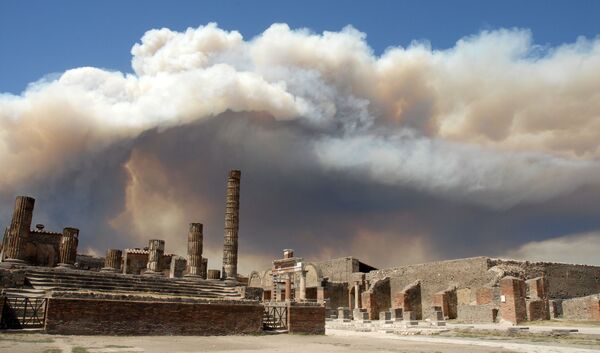
Dense smoke clouds produced by a forest fire on Mount Vesuvius hang over the ruins of Pompeii, Italy.
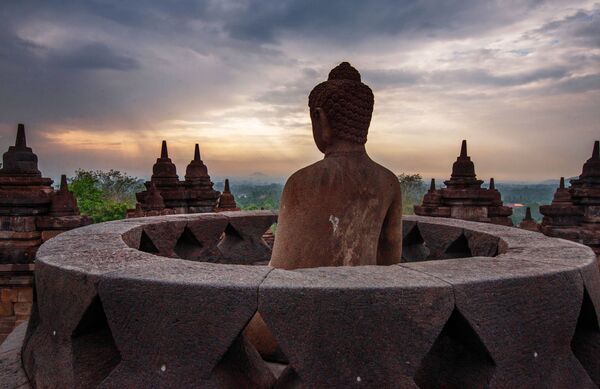
Located in central Java, Indonesia, this is the largest Buddhist monument in the world. The Borobudur Temple was built in the 8th and 9th centuries by Java's Shailendra Dynasty, when it became a major Buddhist pilgrimage site.



